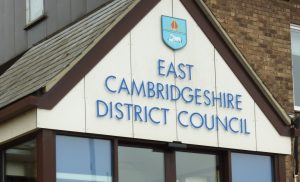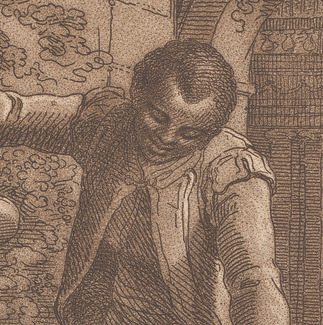This afternoon’s three-hour meeting began with a petition organised by Unison asking the Health Committee to step in over plans by North West Anglia NHS Foundation Trust (covering Hinchingbrooke, Peterborough, and Stamford) to outsource more than seventy jobs in a range of services including cleaning, catering, linen, patient services, porters, post room, and security.
A number of members of the Committee are due to hold their quarterly meeting with the NHS Trust shortly, and we asked them to take up this issue then and report back.
We had a long discussion about NHS dentistry in times of COVID. Dental surgeries are working at about 25 per cent of previous activity levels, due to the need to focus on urgent treatment for people in pain, and to allow time for aerosols caused by sprays from drills and other equipment to settle before surfaces are cleaned down between patients. We were concerned at the long-term effects on dental health of delays in routine treatment, hygienist appointments, and check-ups – and also at the potentially increasing inequality of treatment and care. My colleague Cllr Lucy Nethsingha raised the issue of children’s check-ups, and we wondered whether these could be offered off-site to free more time and space in surgeries.
We discussed the latest COVID update, and the rise in cases. I asked about arrangements for Halloween, Bonfire Night, and Remembrance, and was told that Government guidance was still awaited and that the local Public Health team didn’t want to conflict with this or send mixed messages. Frankly, Government, it’s all getting a little late.
We were united in our concern at proposals for recommissioning of children and young people’s mental health counselling services which would have removed access for these services from 18-25 year olds in Cambridgeshire. We felt that it was not clear that adult counselling services would be either available or suitable, and it was clear that there was no expectation that the money currently spent on this age group would be moved to meet their needs in another way. So we asked for this paper to come back and to be clearer about meeting the needs of young adults.
We talked about children and families in light of COVID. The paper we were given was somewhat light on detail, and referred to us being in ‘the recovery phase’ of COVID, when it doesn’t feel like that at all as case numbers rise again. I asked about breastfeeding now that mothers aren’t getting face to face support in most cases, and was heartened to hear that numbers of mothers breastfeeding appear to have increased in the first quarter of the year. We had previously (pre-COVID) received a report about the much lower numbers of breastfeeding mothers in Fenland, and it’s not yet clear whether that inequality has been affected in any way by COVID. It was good to hear that a new contract is in place with the National Childbirth Trust to provide breastfeeding support in Fenland.
We received a report on homelessness, with the shocking statistic that ‘the mean age of death of homeless people (44) is 32 years lower than the general population, and even lower for homeless women at just 42. The move of so many homeless people nationally into accommodation at the start of lockdown did leave one wondering why that couldn’t have been done without a virus. There have been large bids from Cambridge and Peterborough for funds to support homeless people, because that is where the need is, and a much smaller bid from East Cambridgeshire, Huntingdonshire, and South Cambridgeshire.
Finally, in considering the agenda plan for future meetings, I drew the committee’s attention to the damning report by the Care Quality Commission into the ‘toxic culture’ at the East of England Ambulance Trust, and suggested we needed to see them at Health Committee to ask them what they were doing about it. As the Trust covers so many counties, this may be difficult, as everyone will be wanting to ask the Trust some searching questions, but we agreed to try.






